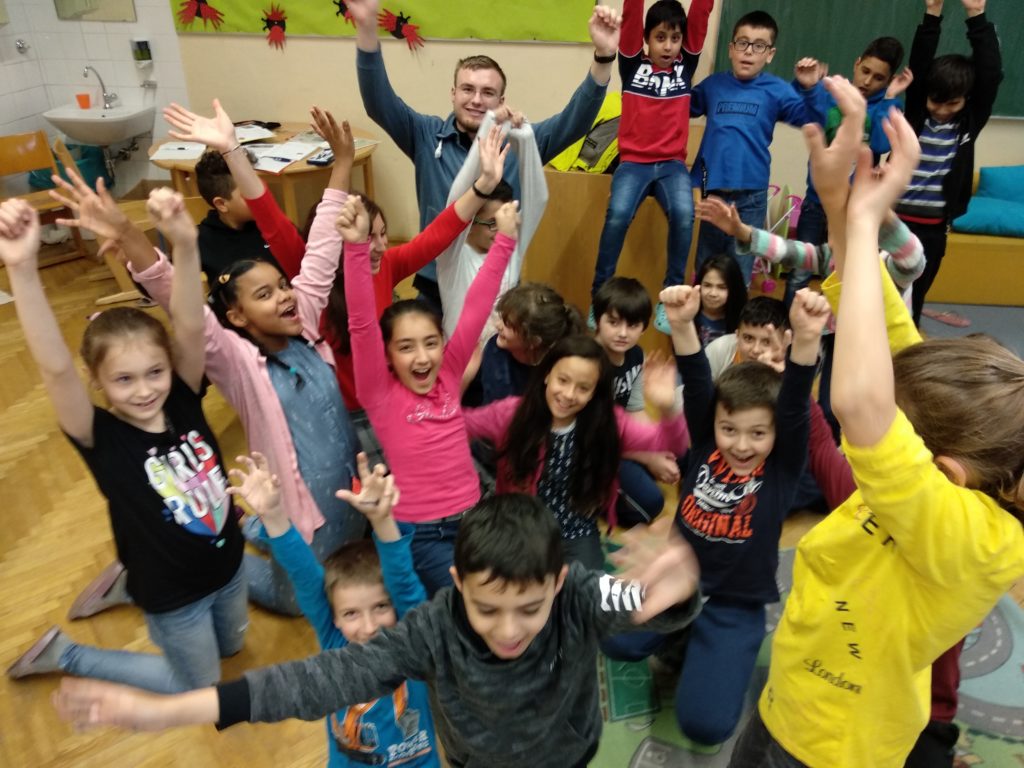
How does a poet manage to visit 12 countries on 4 continents in 3 minutes?
A multicultural primary school project to foster Computational Thinking.
Every year, the Johannes Kepler University organizes the so-called Childrens’ Congress. For this event, pupils from the 1st up to the 8th grade slip into the role of researchers and try to discover computational thinking in everyday life. With support from staff members of the department of STEM education and/or students of the teacher training, they develop their own creative projects within a few months to finally present it at the congress.
In 2019, the Goethe primary school participated at the Children’s Congress for the first time and incorporated two essential IT concepts into their project: modeling & coding.
The 3rd grade of the Goethe primary school in Linz is a very unique group since the 24 pupils come from twelve different countries on four continents. The aim of the project was to embrace this multiculturalism by getting to know more about the students’ cultures. The MaS team introduced modeling to the pupils and together they elaborated some background information on the different countries. In small groups, the students then developed class diagrams with the most important facts and arranged them by continents. The children had great fun modeling and it helped them to visualize the countries main features such as flag, language, inhabitants or size. Thanks to the same structure of the diagrams and their arrangement, the children were able to get an overview of all countries of origin.
At the congress, Johann Wolfgang von Goethe, after whom the school is named, visited the countries of origin of the children. For this purpose, a Goethe-Ozobot traveled the states on a self-drawn map. For Goethe’s visit, the children also programmed Ozobots, who welcomed him with dances in the respective states.
